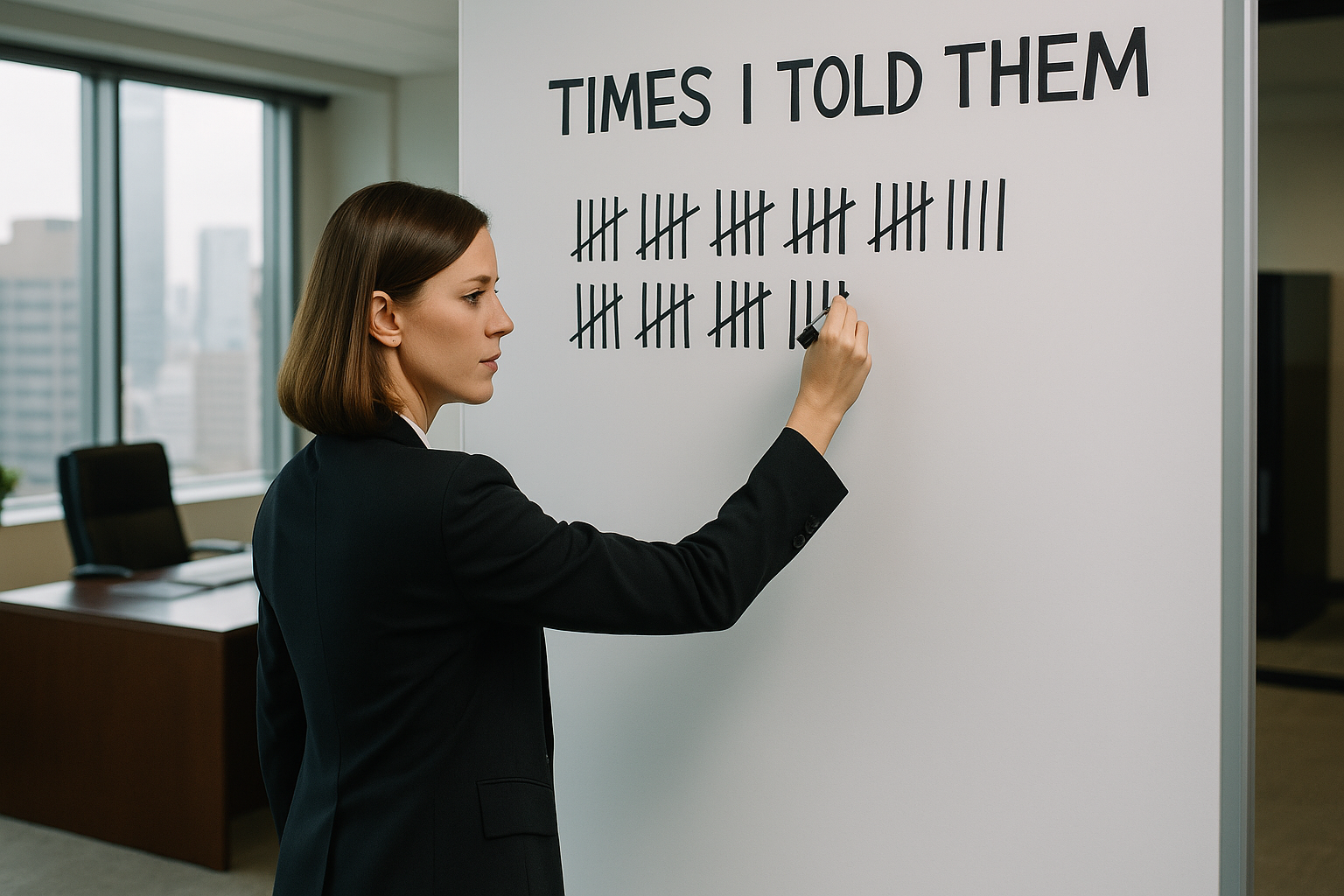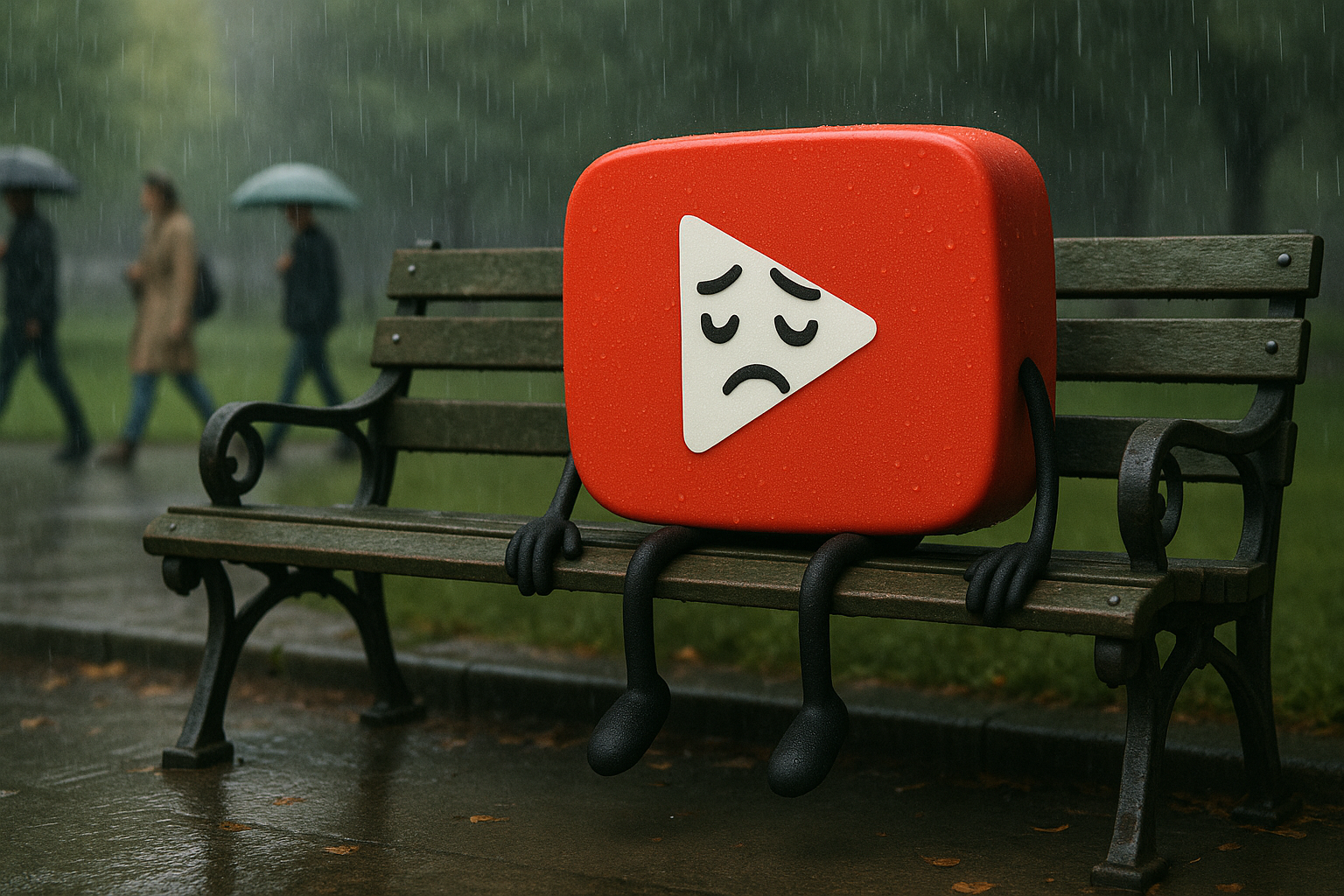Why Most B2B Testimonials Are Just Noise (And How to Fix Them)
Visit any B2B website and you’ll find a wall of predictable praise: “Great team to work with.” “They delivered on time.” …
Your Content SHOULD Repeat Itself
You’ve said it before. You’ve posted about it. You made a video. You even put it in a deck.
How to Get Your Experts on Camera (Even If They Hate It)
Let’s be honest, most of your subject matter experts don’t want to be on camera.
One-Off B2B Videos Are Killing Your Brand’s Momentum
Here’s the truth no one wants to say out loud: your one-off videos are wasting time, money, and trust.
The Traditional Video Production Model No Longer Works in B2B (And What To Do Instead)
Let’s say you did everything right. You hired a reputable crew. You scripted the message. You chose a great setting. You …
B2B Still Doesn’t ‘Get’ Video
B2B companies treat video like a one-time event. Imagine doing that with blog posts or email newsletters. Exactly. It's …
Why B2B Companies Must Fight for Attention Before It's Too Late
Most B2B companies don’t realize they’re in a battle for their audience’s attention. They think content is just a suppor …








